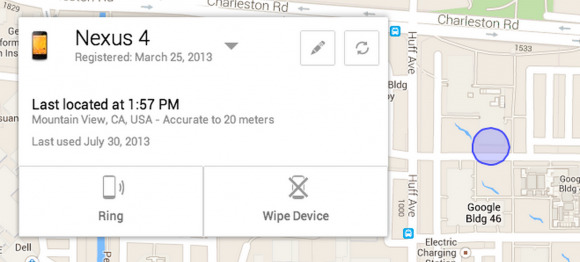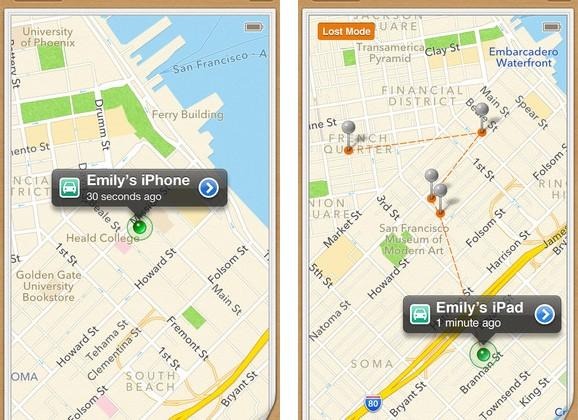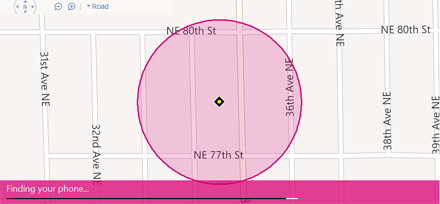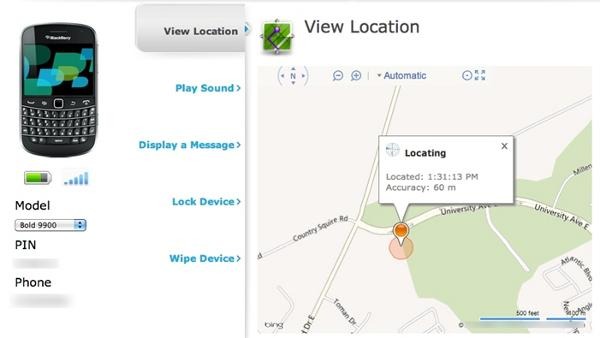Smartphone Kill Switch in California: what's the point?
This week a piece of legislation is making its way through to the state level in California, a piece of legislation that would mandate a so-called "Kill Switch" for smartphones on every device inside state lines. Of course this legal document isn't about the state wanting to turn off smartphones in waves – instead it's about making the devices less accessible to thieves. This piece of law would have every smartphone manufacturer wanting to sell a device in the state of California legally bound to including a way to cut off service to the device remotely.
Though you might still be in a fear zone with the term "Kill Switch", the actual situation is just about the opposite of something you'd really have to fear. Most devices already have the ability to be shut down and/or tracked remotely – if you know where to look. One great example of this is Android Device Manager.

With Android Device manager, you have only to press "OK" to get your device attached to your Google account, at which point you can track it remotely using Google Maps. This Android Device Manager was activated last year in August for all devices, including tablets. If you own an Android device, you really should check into it.

Apple devices also have a similar service called Find my iPhone, one that's been rolling for Apple devices for several years. This system too is all-but-mandatory when you're using an iPhone, iPad, or iPod touch.

With a Windows Phone device, a user has only to go to WindowsPhone.com on their PC and, in the upper right-hand corner, hover over "My Phone" and click "find my phone" – logging in and following the directions therein will connect the user to their phone remotely. Of course that – and these other services – are all opt-in, having to be activated before the user can make use of them.

Even BlackBerry has a service called BlackBerry Protect which can locate a lost phone. With the BlackBerry Protect web portal, users are able to locate their devices on a map and remotely wipe as well. Simple as that. As with the other services, too, the device needs to be switched ON for this service to work.
According to SF Examiner, the legal document in question, going by the name SB962 would require "a technological solution" that may "consist of software, hardware, or a combination of both" must be put in place which "shall be able to withstand a hard reset."
In short – it's almost as if this law is being passed as a "matter of fact" sort of measure. That or the lawmakers behind the initiative are worried about Symbian devices.
